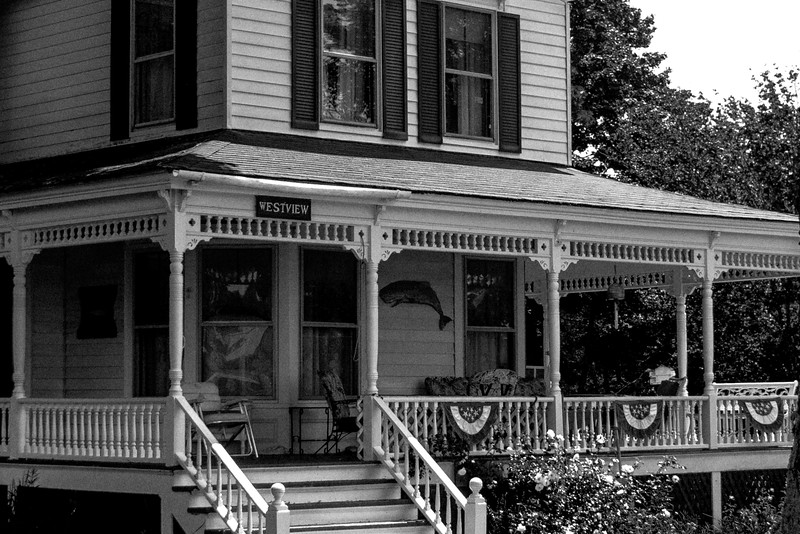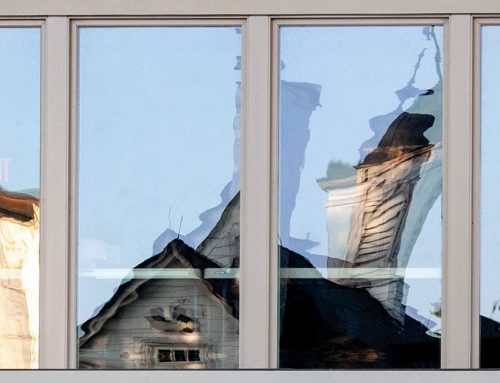Get the basics on homeowners’ insurance and the importance of doing a home inventory.
Before finalizing a mortgage loan, lenders require homebuyers to purchase at least a minimal level of “hazard insurance,” which is part of the standard homeowners’ insurance policy. Hazard insurance will cover damage or destruction by fire, smoke, wind, hail, theft, vandalism, or another similar event. To protect your own interests, however, you’ll probably want to buy comprehensive homeowner’s insurance, including liability insurance and more complete hazard coverage than your lender requires.
What Homeowners’ Insurance Covers
In addition to covering the house, the hazard portion of your homeowners’ insurance protects furnishings and other personal items, as well as any other structures on the property, such as a pool or separate garage (unless you use such structures for nonresidential purposes, such as for your home business).
Most policies’ hazard coverage doesn’t include business equipment, damage caused by natural disasters, or loss of art or jewelry over a certain amount. You will want to purchase additional insurance if your house is in a high-risk area for fire, floods, earthquakes, or other natural disasters or if you have expensive art, jewelry, or business equipment at home.
Standard homeowners’ policies also cover some types of personal liability — if the mail carrier, for example, trips over your kid’s skateboard or gets clawed by your cat, your policy will pay for the carrier’s medical expenses and other losses, up to a certain limit. Unlike hazard insurance, this portion isn’t required by your lender — but is a good idea anyway, since you don’t want to lose your house to pay someone’s medical bills.
Finding Homeowners’ Insurance
Finding good homeowners’ insurance coverage has become surprisingly difficult in some states, such as California and Texas. High payouts for mold and other disasters have made the insurance industry in these states skittish. If either you or the seller of the property have made claims for water damage (the usual precursor to mold), you might actually find that you can’t purchase a policy — or at least not a reasonably priced one. Same thing goes if you’ve filed many insurance claims in the past — you might not be able to find a company willing to sell you insurance.
You can protect yourself against the possibility of not getting homeowners’ insurance for a house you’re purchasing by making your obtaining insurance a contingency or condition of finalizing the sale.
Claiming Homeowner Losses
Guard your policy well once you’ve got it. Don’t file claims unless you have to — if you file more than two or three claims, your rates will rise and your policy may be canceled. You are best advised to get a policy with a high deductible, so that you’ve got no reason to file lower-cost claims that will raise your premiums or lead to future cancellation of your policy. (Your lender may, however, insist you not go higher than a certain deductible amount.)
Making a Home Inventory
If your home is struck by a burglary, fire, flood, earthquake, or other disaster, an up-to-date home inventory will make it easier to deal with police and your insurance company. Without one, you’ll have to create a list of all your property from memory.
Fortunately, making a home inventory isn’t onerous, and might actually prompt you to prevent the loss itself. As you inventory your possessions, you’ll become more aware of their vulnerability, and can take steps to secure them.
Start by walking through your house with a pad of paper and a still or video camera. Jot down a list of any items worth more than $50 or so and take pictures of them. Go room by room, and don’t forget the garage, attic, and basement. Be sure to include jewelry, clothing, stamp or coin collections, CD and record collections, silver, tools, and electronic equipment.
Then take a little time to formalize your inventory. Insurance companies often supply inventory forms, or you can get a free download from the Insurance Information Institute.
|
Keep your written and photographic inventory in a safe place, such as a fire-resistant file cabinet, the freezer, or a safe deposit box. Keep at least one copy away from home. If you take a long vacation, give a copy to a friend or neighbor. That way, if your house is broken into while you’re gone, your friend can determine what’s missing and report it to the police.
Web Resources
For more information on homeowners’ insurance, see the Insurance Information Institute’s website at www.iii.org, or www.insure.com, a highly rated commercial site that provides actual quotes.










